Avatar of the cosmos, omniscient and fractured map of a lucid interior – the mandala – floating elements, planetary eyes and mouth, that leap forwards and backwards in time as wormholes to alternate existence, infinite dimensionality projected with tripartite brush as spiritual architecture, art, and ritual—Mandlebrot set of an inner psyche torn asunder, rocked from equilibrium by the sound of contemplation turning over irresolvable ontological issues inside a curious mind. Five elements of relatively equal size comprising the template of a whole universe—lunar and solar—structured around concentric circles (‘khor) and squares sharing one center (dkyil) which radiates spokes of enlightenment.
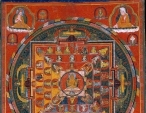
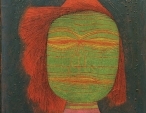
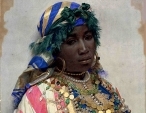
Figures: A | B | C |
In explicating the essence of Paul Klee’s 1934 painting, The One Who Understands, a disarmingly understated oil and gypsum masterwork of profound reflection and metaphysical distillation, it is fitting that the Swiss artist’s eastern connectivity, inclusiveness, and visual construction comfortably share scholar Martin Brauen’s definition of a mandala, dissected at length in his gratifyingly comprehensive volume, The Mandala: Sacred Circle in Tibetan Buddhism. [1]
Cosmogram, sacred realm, strongly symmetrical diagram concentrated about a center and customarily sectioned into four quadrants of equal size, catalyst for meditation, visualization, and initiation, essential and ideal plan of a perfect universe, “delineation of a consecrated superficies protected from invasion by disintegrating forces symbolized in demoniacal cycle” [2], and the palace itself, home to the deities—all are mandalas—“as are the deities themselves who reside in it, assembled in a clearly ordered pattern. (fig. A) The term ‘mandala’ can, moreover, be applied to the whole cosmos, namely when the entire purified universe is mentally offered in a special ritual”. [3]
Discussing the term ‘mandala’, Brauen also asserts its indication of “other structures…for example the discs of the five elements that constitute the lower part of the Kalacakra universe, or the discs of moon, sun and the two planets Rāhu and Kālāgni that serve as a throne for a diety.” [4] Extrapolating to the cosmologically and spiritually diagrammatic nature of another Klee painting,Actor’s Mask (Schauspieler=Maske), (1924), [5] which exerts a decidedly eastern partitioning of space, one can again feel the verity of Brauen’s words (fig. B). This painting is one of more than sixty other intimate paintings and drawings in the Neue Galerie’s exquisite exhibition, “Klee and America”, displayed from March 9 through May 22, 2006 in New York City. Klee’s painting eschews European artistic conventions, as a work specifically Orientalist in thematic underpinning, cultural influence, and chromatic treatment directly comparable, albeit as marked abstraction versus ardent realism, to The Dahesh Museum’s resplendent José Tapiró Baró painting, A Tangerian Beauty (fig. C).
In Klee’s facial strata of compressed ocular and lingual tides, expansively linear cheeks and brow, negative space captured and harvested into painful constriction, and the perpetual act of drowning in ever deepening fathoms of water while still on land, Actor’s Mask lifts this visage out of any titular theatricality and into more intangible realms. “…we shall discover that the human being is also seen as a mandala. For instance each of the wind channels, which according to Tantric conception flow inside the body, is linked to a particular direction, element, aggregate (skandha), and color, thereby forming a mandala. In the so-called ‘inner mandala’, the human body is seen as a ‘cosmos mandala’…” . [6]
Giuseppe Tucci, writing of strongly analogous threads connecting the mandala to the human body in The Theory and Practice of the Mandala, which specifically investigates the modern psychology of the subconscious in relation to Tibetan art and ritual practices, reiterates this precise correspondence between microcosm and macrocosm, comparing the human body to the universe as a whole, not only in its “physical extent and divisions”, but further as container of all the Gods.
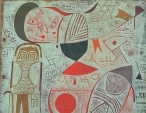
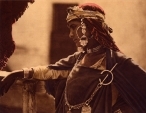
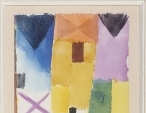
Figures: D | E | F |
Dissecting, reimagining, then reassembling the human structure, reduced to the essential elements as mandalas, Paul Klee (1879-1940) distilled the pathos of human existence, the cyclical destruction and animation of form, intellect and emotion strongly evident in the Neue Galerie’s Printed Sheet with Picture (Bilderbogen), (1937), (fig. D) which presents a complex diagram of an individual’s universe, or psychic life (which Tucci asserts reflects that of the universe as the body mandala [7]), in a maze of solar and lunar cycles, birth and death, deprivation and satiation, intense scholarship and fanciful recreation, religion and secular apparition. “On to the mandala was projected the drama of cosmic disintegration and reintegration as relived by the individual, sole contriver of his own salvation…” [8]. From the grotesque, possibly stillborn, child to depthless matriarchal grief , haunted domesticity sectioned into a cloven eye and arms shorn of hands that serve only as labyrinthine walls, Klee’s painting, a Mind mandala of ‘deep awareness’, speaks of harrowing inner life with a distinctly eastern aesthetic.
True Orientalist from the earliest years of his artistic life, Paul Klee profoundly altered his color palette, compositional approach to space, graphic symbolism, and dexterous architectural translation of three dimensions into two; a fundamental visual iconography that would persist and metamorphose, perpetually reinventing itself throughout his prolific, but tragically abbreviated career [9]. This metamorphosis followed a 1914 trip to St. German (today Ez Zahra) near Tunis with friends August Macke and Louis Moilliet. (fig.E)
After traveling to Tunisia, Klee “reworked the subject of a watercolor he had painted…consolidating the essences of the compositional vocabulary he had developed in the following year” [10], finding lasting clarity and the foundation of his singular, highly eclectic lexicon in North African subjects, light, decorative motifs, and architecture.
Juxtaposing Klee’s Yellow House (Gelbes Haus), (1915) (fig. F) with The Dahesh Museum’s Arabesques: Assembled Wooden Compartments and Borders (1877) (fig. G), a print by French Egyptologist Prisse d’Avennes, striking analogies in the hallmark Klee “X” and arrow symbols, densely crafted compartmentalization of space that would come to dominate his oeuvre, and manipulation of color in service of form, can be readily drawn.
In discussing the complex premises from which the mandala derives, Tucci succinctly defines a structure that perfectly describes Klee’s landscapes and cityscapes: “It is a geometric projection of the world reduced to an essential pattern”. [11] While derisive observers have occasionally attempted to marginalize Paul Klee’s meticulously constructed works as overly decorative, they seem to have confused pattern with ornamentation; one is a rigorous schematic exercise of intellect, while the other is mere surface adornment.

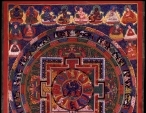
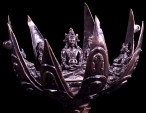
Figures: G | H | I |
Addressing patterns in the architecture of iconic towns as mandalas, Brauen, in a key observation, connects the morphology of urban forms with the universe itself, positing their fundamental structure to be a reflection of the cosmos, designed as its symbolic centers: “The architecture of many towns mirrors an ever-recurring shape (gestalt) of the town, and this shape of the town…mirrors an ever reappearing pattern, the mandala.” (fig. H and fig. I) [12] In fact, “architectural precincts with a mandala-type or cosmological structure are widespread in Asia” [13], including: the towns of Kirtipur in the Kathmandu Valley and Leh in Ladakh; the Mingtang, the Imperial Palace of pre-Buddhist China, temple-towns of South India (the shrine of the chief deity at the center of Tiruvanamalai). The ideal town plan of Bhaktapur in the Kathmandu Valley “depicts a mandala with the shrine of Tripurasundari in the middle”.
Middle Eastern cities, their gardens and environs, inhabitants and trappings of exoticism—nectar for European Orientalists—interpreted through Paul Klee’s brilliant and intimate prism, abound in the chronology of the painter’s advancing experimentation: Yellow House (1915), Tunisian Gardens (1919), City in the Intermediate Realm (1921), Gradation, Red-Green (Vermilion) (1921), Cold City (1921) (fig. J), Sketch in the Manner of a Carpet (1923), Tropical Garden Plantation (1923), Princess of Arabia (1924), and Oriental Pleasure Garden (1925), Polyphonic Architecture (1930), Arabian Song (1932)—ad infinitum.
Pointed arches, late antique Corinthian columns, and bands of foliate decoration on the Mosque of Ahmad Ibn Tulun, the oldest and largest original mosque in Cairo, subject of Prisse d’Avennes’s, Mosque of Ahmad Ibn Tulun (fig. K), Arcade and Interior Windows (1877), are dually echoed in Paul Klee’s Gradation, Red-Green (Vermilion) (1921) (fig. L), which preserves the distinctive character of Egyptian architecture through surreal, but expertly controlled abstraction, a palace mandala of allegorical structure.
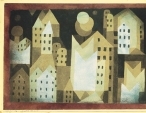
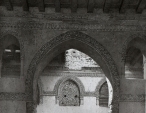
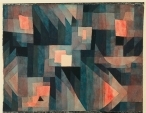
Figures: J | K | L |
“A mandala-like structure and a plan representing the world are shown, for example,” states Brauen, “by the cities of Jerusalem, Rome, Gur, the capital of the Sassanids, Baghdad, the capital of the Abbasid Caliphate, and Ecbatana, the first capital of the Indo-European Medes, in the center of which, on the testimony of Herodotus, stood the royal palace, behind seven circular walls, each of a different color.”
Klee’s mandalas, both his kaleidoscopic middle eastern cities of iconic character and timeless historical presence in the psyche of mortal thinkers and builders, and his graphically arresting portraits of interior landscapes made manifest, curl through the waking and dreaming minds of those who see rather than simply observe, uncoiling with the sinuous architectural grace of the human body and the eternal philosophical searching of the human mind.
For footnotes and source, Read Original Article






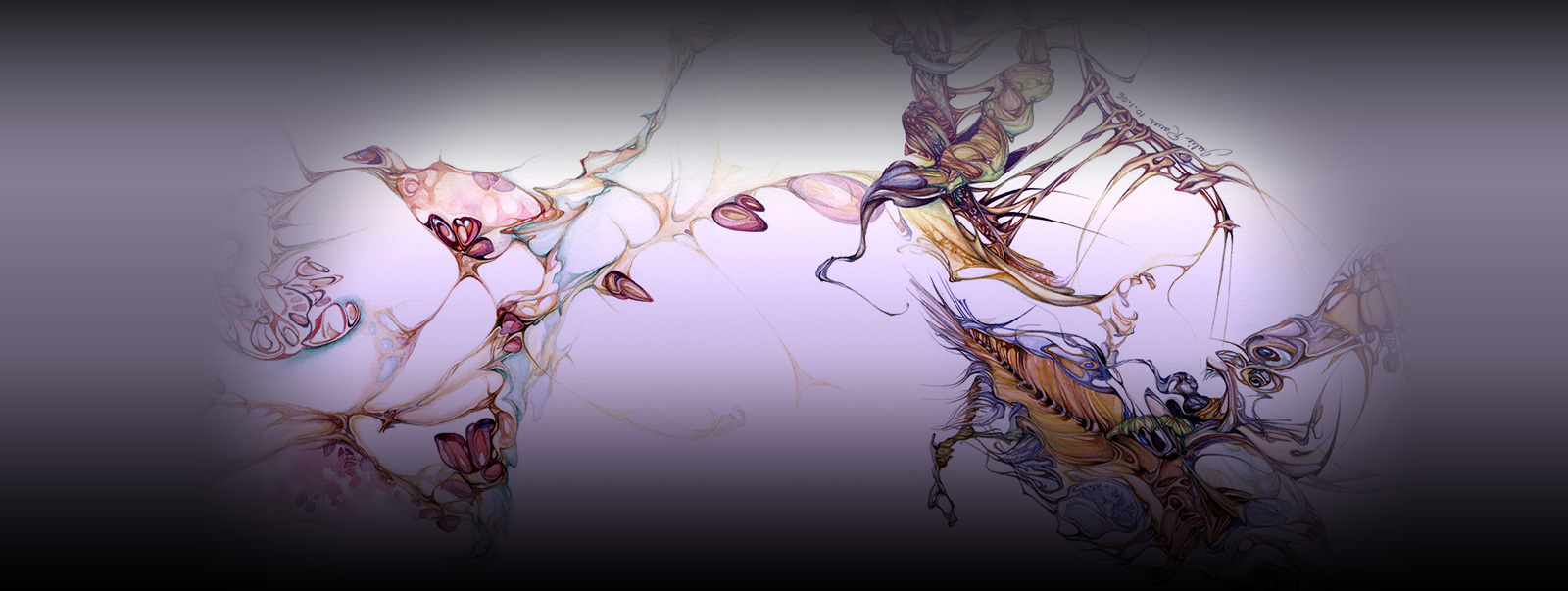
COMMENTS
There are no comments yet!